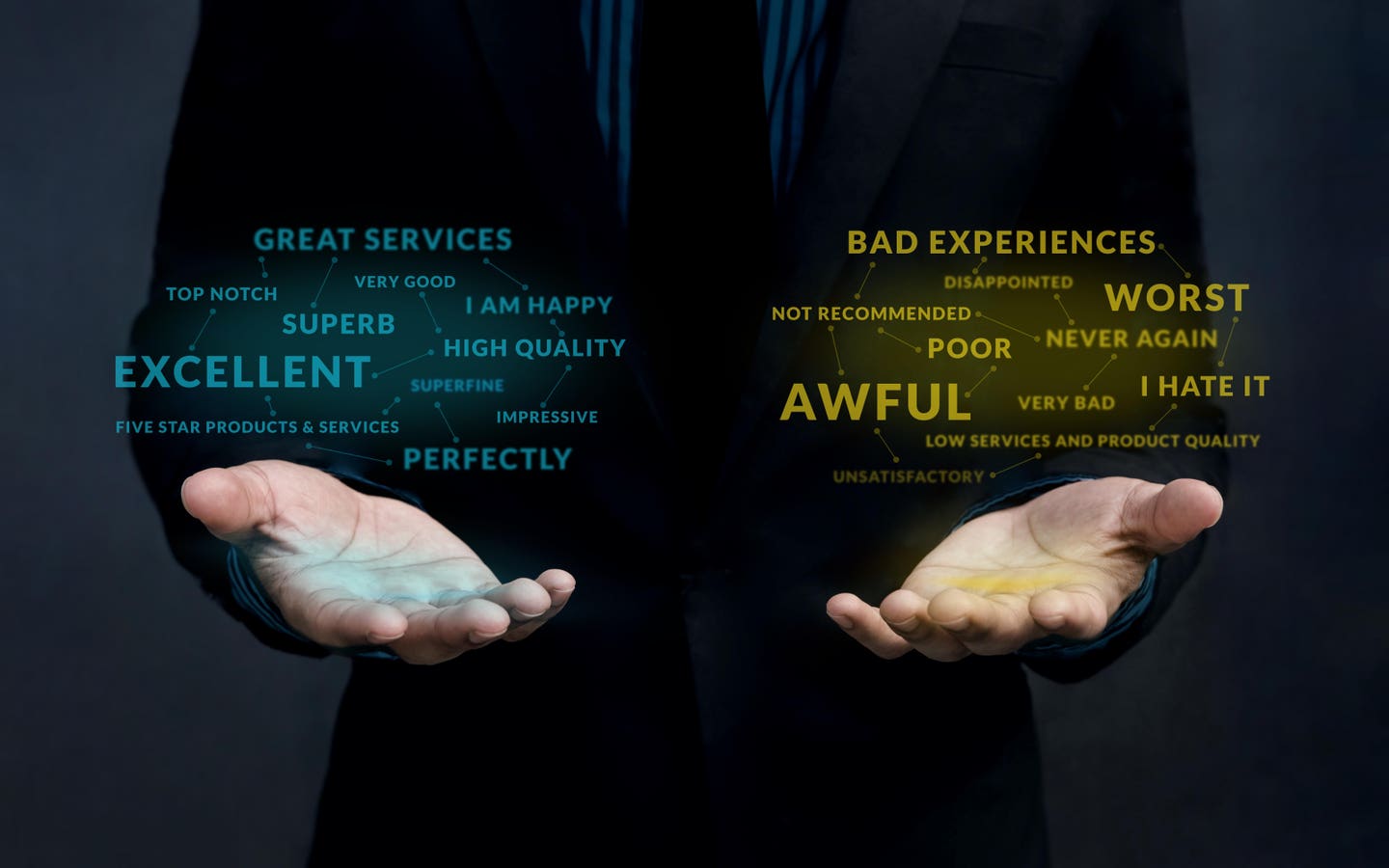In today’s fast-paced, social-media fueled business world, a company’s reputation is a primary asset that must be well-maintained to ensure sustained growth and success. Without warning, an organization can find itself facing the kind of negative publicity every business fears, with consumers widely sharing news or information that damages the sense of goodwill and positive image it has worked hard to foster, and this can quickly begin to impact revenue.
Comms pros play a crucial role in maintaining their company’s trust and credibility among its stakeholders. Here, 12 Forbes Communications Council members share how their communications teams make sure that the reputations their organizations have cultivated remain untarnished in the eyes of customers, investors and the public. Check out the tools and tactics these communications leaders employ to maintain their organizations’ reputations—and bottom lines.
1. Counsel Top Management
One less traditional approach is to have communications teams act as trusted advisors internally by coaching and counseling top management on how to act and how to keep their commitments to key audiences and stakeholders. This comes with the elevated role of the communications department within the company and, if done right, it could be a key prerequisite for an excellent brand reputation. – Svetlana Stavreva
2. Track Brand Usage With Google
There are many great tools to track the use of your brand on social media platforms, but we also access the information in Google Search Console to see what and how people are typing when they use Google Search to find a brand name. We can also track that over time to see an increase or decrease in brand usage; and Google Search Console is free. – Chris d’Eon, Deon Direct
3. Orchestrate Your Strategic Position And Identity
To manage reputation, you must orchestrate the company’s existing reputation, strategic position and identity. The strategic plan defines the stakeholder target groups and goals. We monitor its effectiveness through interviews, pools, interpersonal, classic, paid, earned, stakeholders and social media analyses. Many different methods for coding and aggregating media data have also recently arisen. – Katja Fašink, ELES
4. Use Social Media Listening Tools
We use social media listening tools to manage our brand perception online. In the past year, our company surveyed three key target audience groups and has since changed our message and invested in mediums not previously used to reach these groups. It is too soon to tell the impact. However, we’ve leveraged content marketing and digital ads and are looking to measure success beyond clicks later this year. – Kimberly Osborne, UNC Greensboro
Forbes Communications Council is an invitation-only community for executives in successful public relations, media strategy, creative and advertising agencies. Do I qualify?
5. Set Specific Reputation Goals First
As a first step, we identified specific reputation goals, such as improving customer trust and enhancing brand perception. In order to evaluate the current state of our company’s reputation we regularly gather and analyze online sentiment and customer feedback through surveys, reviews and direct interactions. We also monitor media coverage related to our company, industry and competitors. – Astrid Pocklington, Enghouse Interactive
6. Weigh Customer Sentiment
Our communications team focuses on customer sentiment, reviewing sites, analyst briefings and feedback. Customers are perhaps the most important reputation management tool in the arsenal, but analysts have a pulse on sentiment and market trends that can be useful in understanding perception. Sites such as G2, Capterra and Glassdoor are good for more general reputation management. – Sarah Danzl, Skillable
7. Stay Proactive About Engagement
Social brand reputation management is all about monitoring mentions and authentically entering conversations that make a positive impact. We go beyond expectations by using artificial intelligence to monitor for opportunities and proactively engage in earned conversations about our area of influence in fun and creative ways. – Andrew Kokes, HGS
8. Monitor Third-Party Review Sites
While larger audiences are important, to continue to be successful, you need to first and foremost monitor the opinions of those who pay you money: customers. Vigilantly monitoring and having a specific strategy for gathering customer advocates and mitigating negative reviews is essential for your communications team. – Patrick Ward, Formula.Monks
9. Leverage Google Alerts
Since we do business across multiple states, Google Alerts have been great for giving insight into how we show up in all of our markets. Each member of our communications team has a wide range of alerts set up. With these alerts set to be delivered as soon as the news hits, we can quickly react and respond. It’s also a great way for us to catalog press mentions and stay in the know digitally. – Victoria Zelefsky, The Menkiti Group
10. Audit Google Reviews
Google Reviews is the No. 1 place our company receives feedback publicly. Therefore, we audit our reviews as soon as they come in, responding quickly and directly to any customer concerns. If it is something serious (which has not come up as of yet), our process is to first reach out to the individual directly offline, try to resolve any issues and do our best to ensure satisfaction. – Roshni Wijayasinha, Prosh Marketing
11. Analyze Client Feedback
While we don’t have a formal process for managing company reputation, we do analyze feedback from clients. Is something really working for them? Awesome. Let’s find more ways to implement that. Something we need to change? Awesome, yet again. We’ve identified a place where we can iterate our strategy to provide even better, more customized service in pursuit of achieving our clients’ goals. – Melissa Kandel, little word studio
12. Use A Few Different Tools
We have a third-party platform that actively monitors the major social channels for brand mentions and attributes sentiment to them. We also use tools like Google Alerts to manually track any coverage or articles about the company, various leadership team members and the industry overall. Using a few different tools helps us get a more well-rounded picture of our brand in the market. – Tom Wozniak, OPTIZMO Technologies, LLC
Read the full article here





